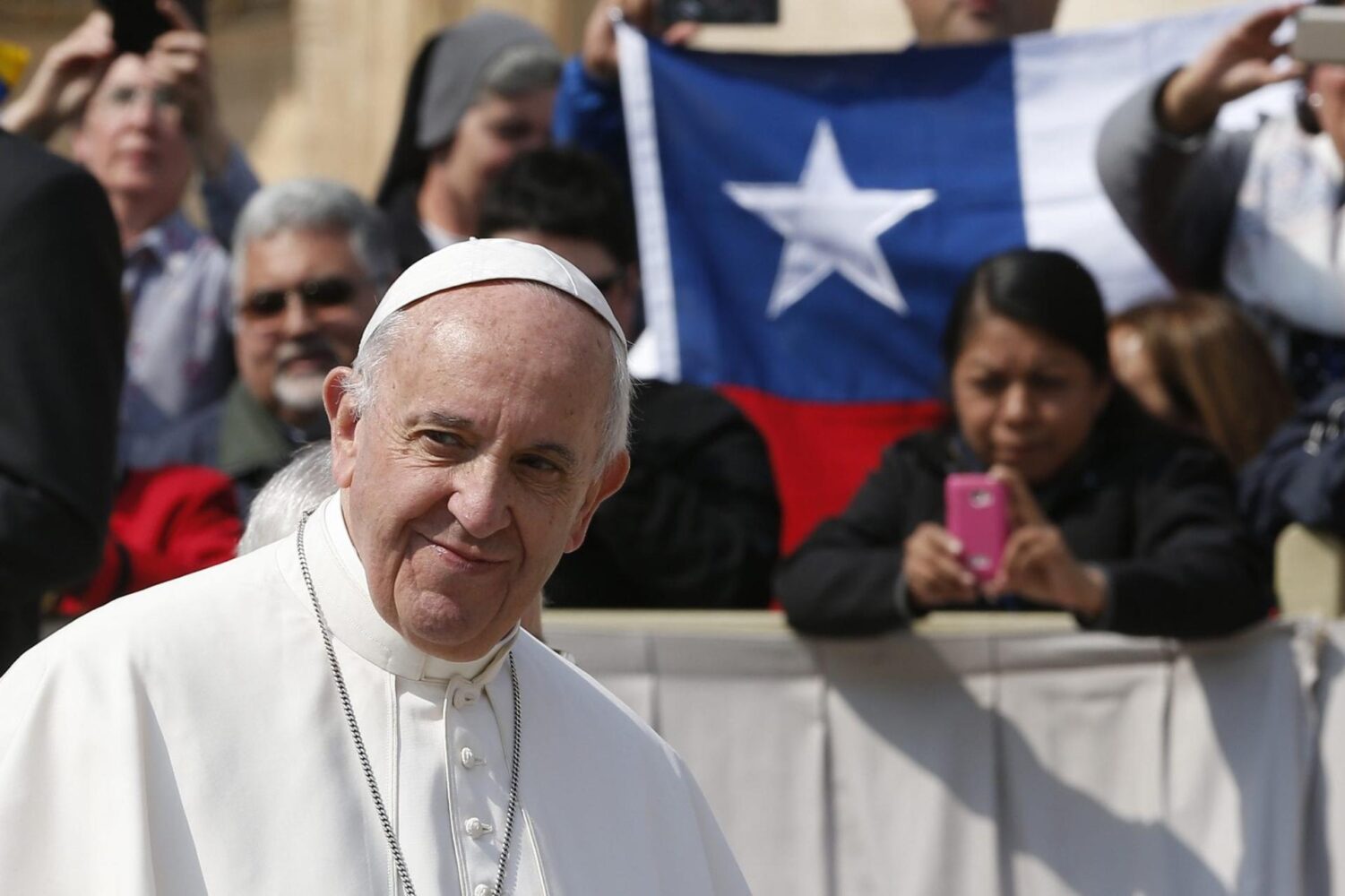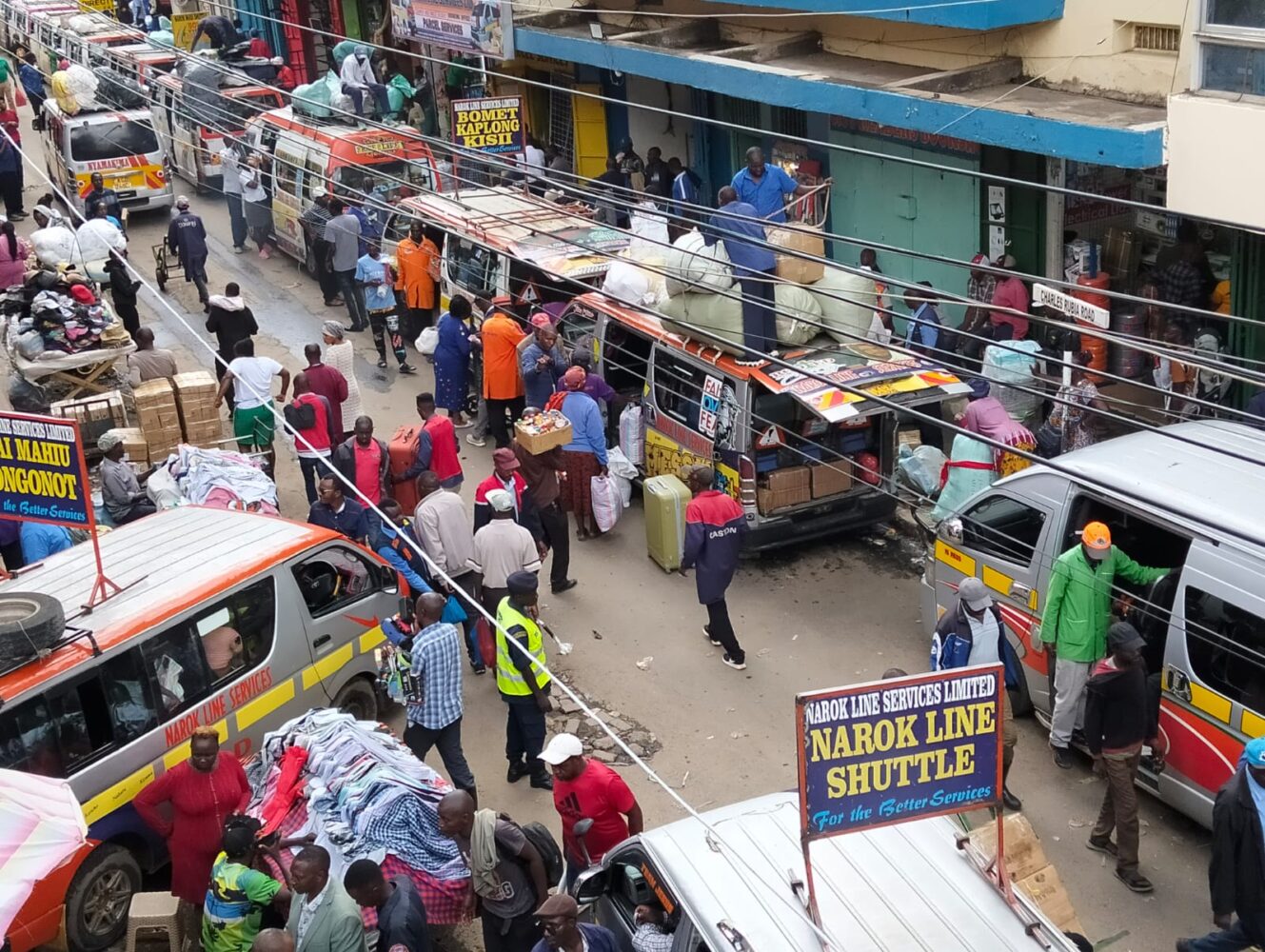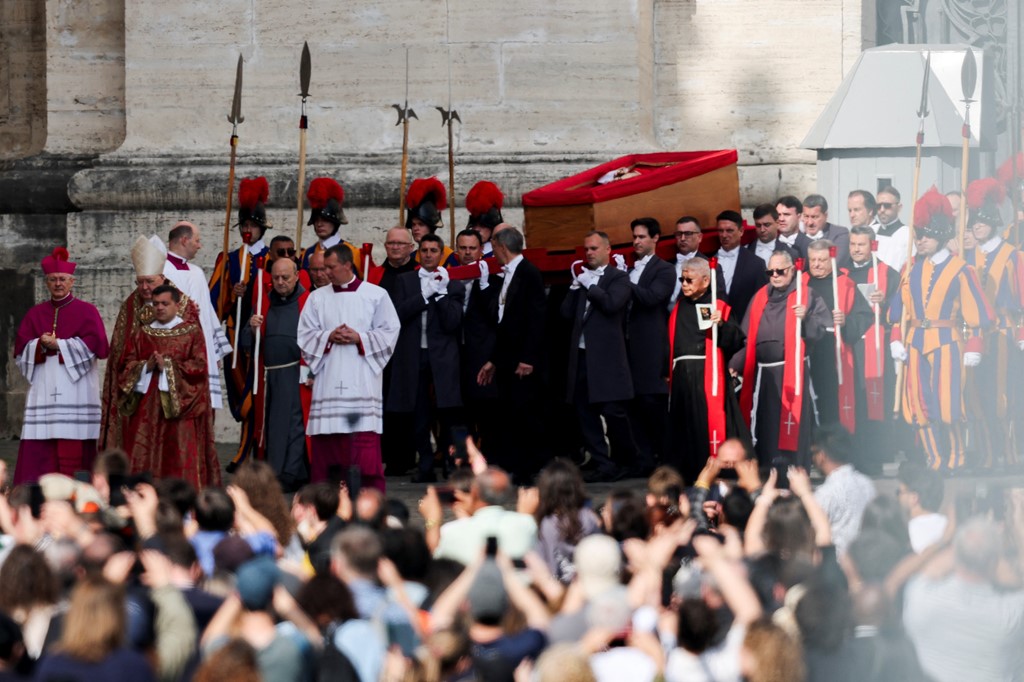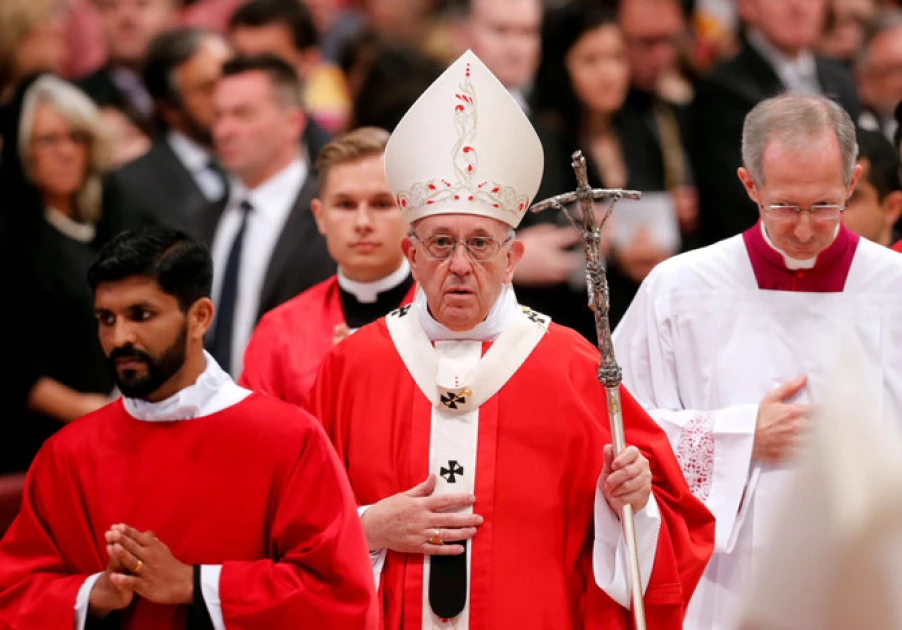During a 2018 trip to Chile, Pope Francis made a comment that few expected would become the defining moment of his papacy.
Yet that moment, and the storm it ignited, forced the pontiff into one of the most dramatic course corrections in modern Catholic history, one that ultimately reshaped the Vatican’s approach to clergy sexual abuse.
While defending a Chilean bishop accused of covering up child abuse, Francis dismissed the claims as “slander.”
His statement deeply offended victims and sparked outrage in a country already grappling with the scars of clerical abuse.
That outrage reached Rome, and Francis, for the first time in his papacy, faced a pivotal test of accountability.
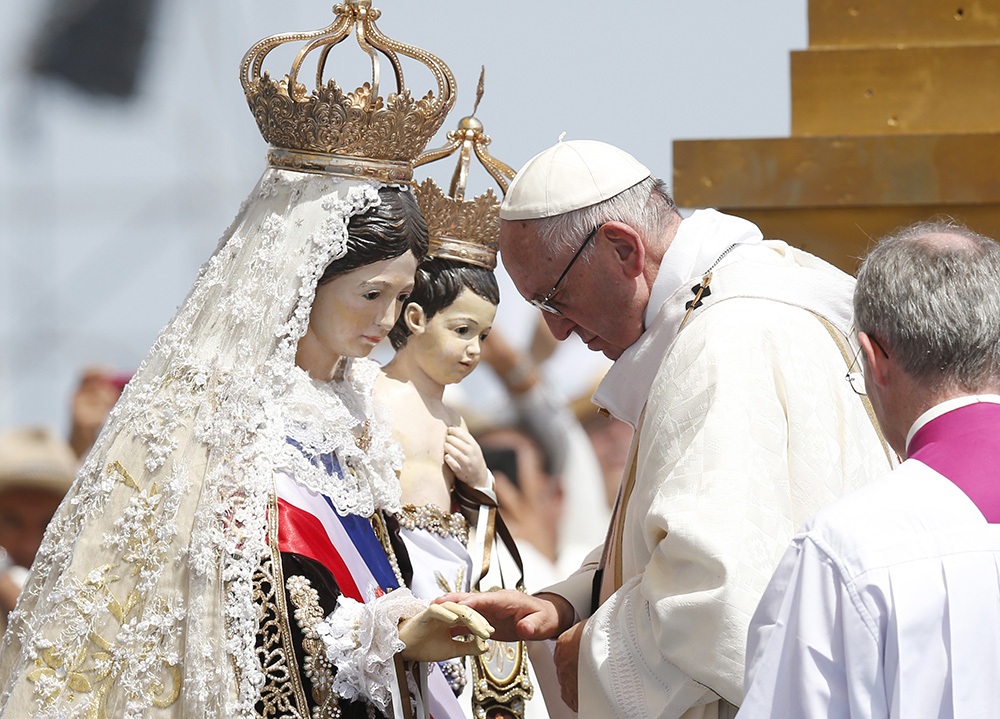
A Papacy shaken by a mis-step and a response
Rather than entrench his position, Francis took an unexpected turn. He launched an investigation, admitted his error, and publicly apologized to the very victims he had discredited.
His response led to an unprecedented move: all bishops in Chile submitted their resignations in what observers called a watershed moment for the Church.
“He made mistakes, but he also took responsibility,” Papal biographer Austen Ivereigh told a TV reporter based in Chile. “He apologized, he changed course, and he began to act.”
Early hesitations, later resolve
When elected in 2013 as the Church’s first Latin American pope, Francis was met with cautious optimism from abuse survivors.
Having never personally overseen abuse cases during his time in Buenos Aires, critics questioned whether he understood the depth of the crisis.
In response, Francis established a special commission to address abuse and appointed Cardinal Sean O’Malley of Boston as its head.
However, the commission’s influence waned over time, and its key proposal to establish a tribunal for bishops who shield abusers was quietly shelved.
Then came Chile. The Pope’s defense of Bishop Juan Barros, a former subordinate of notorious abuser Fernando Karadima, reignited global scrutiny.
Critics argued Francis had been swayed by close allies like Cardinal Javier Errazuriz, who downplayed Barros’s involvement.
Following media pressure and public backlash, Francis reopened the case. His investigation revealed widespread failures within the Chilean Church and confirmed that he had been misinformed.
This moment became a turning point in his understanding of abuse within the clergy.
That same year, 2018, would mark yet another crisis. In July, Francis expelled U.S. Cardinal Theodore McCarrick from public ministry after credible allegations surfaced that he had abused a teenage boy in the 1970s. Soon, more victims came forward, describing years of harassment and coercion.
Despite longstanding rumors about McCarrick’s conduct, he rose through the Church’s ranks, bolstered by influential support.
Francis’ decisive action culminating in McCarrick’s removal and eventual defrocking seemed to reaffirm his commitment to reform.
However, the moment was short-lived.
Allegations reach the Pontiff himself
In August 2018, former Vatican ambassador Archbishop Carlo Maria Viganò issued a stunning 11-page letter accusing Francis of ignoring prior warnings about McCarrick’s misconduct.
Viganò claimed Francis knew of McCarrick’s past yet chose to restore his influence.
While the pope remained silent initially, he later authorised an extensive investigation. The final report revealed that multiple Church leaders, including popes and bishops, had failed to act on warnings about McCarrick.
Although the report largely cleared Francis of wrongdoing, it exposed systemic negligence at the highest levels of the Church.
McCarrick died in 2024. Viganò, who was later excommunicated for schism, had already distanced himself from the Church.
Reforming from the top down
In the aftermath, Pope Francis doubled down on reform. In 2019, he convened bishops from around the world at the Vatican to confront abuse within the Church’s hierarchy.
He revised canon law, lifted secrecy around abuse cases, and mandated internal reporting processes to increase transparency and accountability.
These changes, while significant, still fell short of requiring cooperation with civil authorities in every jurisdiction. Critics, including survivor advocacy groups, continued pressing for stronger external accountability.
“Francis recognized that abuse stems not only from individual actions but from a deeper culture of entitlement and impunity,” Ivereigh said. “He called that culture ‘clericalism,’ and it’s what he’s tried to dismantle ever since.”
Despite these efforts, some cases continued to haunt the pope. One involved Bishop Gustavo Zanchetta of Argentina, who was convicted in court for sexually abusing seminarians.
Francis had previously created a Vatican role for Zanchetta and brought him to Rome under the guise of medical leave raising eyebrows worldwide.
Another case involved Father Julio Grassi, one of Argentina’s most infamous abusers. While serving as Archbishop of Buenos Aires, Francis commissioned a report that questioned Grassi’s conviction, claiming the victims had lied. Argentina’s Supreme Court later upheld the guilty verdict.
Critics argue these decisions reflect unresolved gaps in the pope’s handling of abuse especially in his home country.
“For real reform, Pope Francis must fully acknowledge the harm caused in Argentina,” said Anne Barrett Doyle of BishopAccountability.org, an advocacy group tracking abuse cases worldwide.
The legacy of a complicated shepherd
More than a decade into his papacy, Francis has shifted the Church’s approach to abuse, but not without struggle, resistance, and personal growth.
From Chile to the Vatican and beyond, his journey reflects both the complexities and the contradictions of leading a global Church through one of its darkest chapters.
Whether his legacy will be defined by his missteps or his reforms may ultimately depend on how far his successors are willing to go.


